The elements of art
If we were talking about mathematics, they would be called the smallest unit of measurement in art. They can be compared to cooking recipes, where each ingredient would be one of the elements of the art. Fortunately, there are only a limited number of art elements and depending on the school of thought in which you train, there are usually 7, 8 or 9 elements.
In this course, we are going to say that there are 7. I will use this image I created to demonstrate the elements.
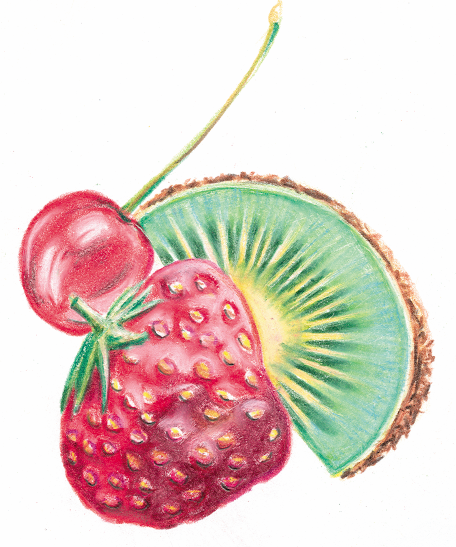
Element
Line
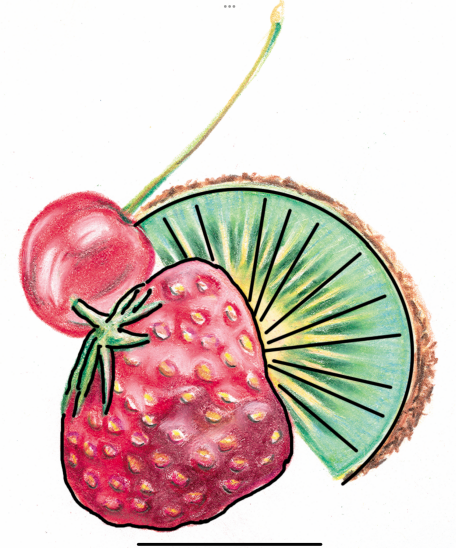
Element
Shape (3D)
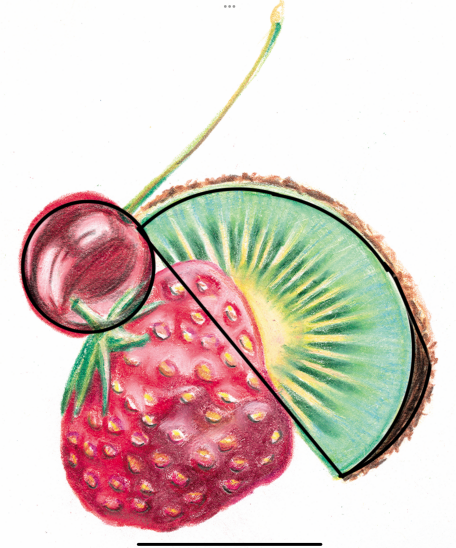
Element
Color
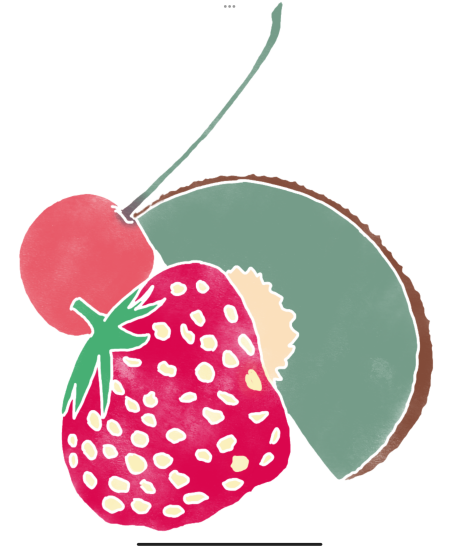
Element
Figure (2D)

Element
Texture
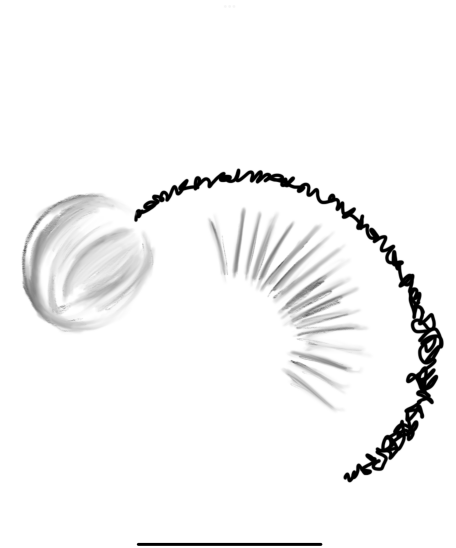
Element
Space

Element
Value or Tone
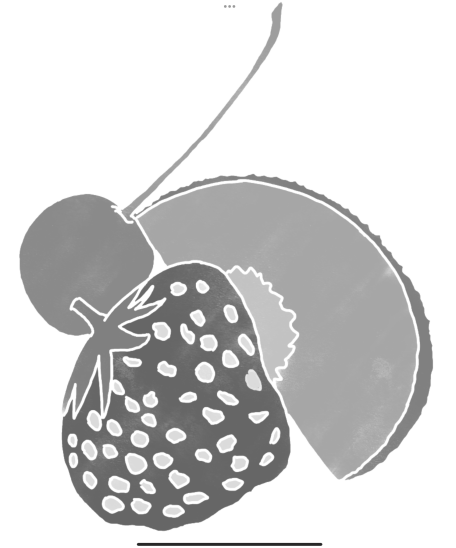
As you can tell, all 7 elements exist in works of art, and it is unlikely that you could have a piece of art without one or more of these elements. There is a lot of information that goes hand in hand with each of these elements and only the surface of that information was touched upon here. Through the lessons and exercises I will be expanding that knowledge so that you will learn the basics and foundations of art at a comfortable pace.
Artists, like scientists, are constantly experimenting and exploring how to represent what they perceive visually, aurally and physically in the world. In these experiments, artists use available surfaces and materials to create works of art that include all of the above elements of art. The experiments constantly consist of mixing and matching these elements in various ways until they achieve what the artist is looking for or perhaps doesn't know what he or she is looking for - an exploration of sorts.
In the second module we will talk about the Principles of Art and how these are the "rules" of how to use the Elements of Art mentioned here. For now, let's start with the elements and their use.
Following this introduction, we will look at each of them, explaining what they are, how to use them and special notes on the content. We will also do projects that explore their use.